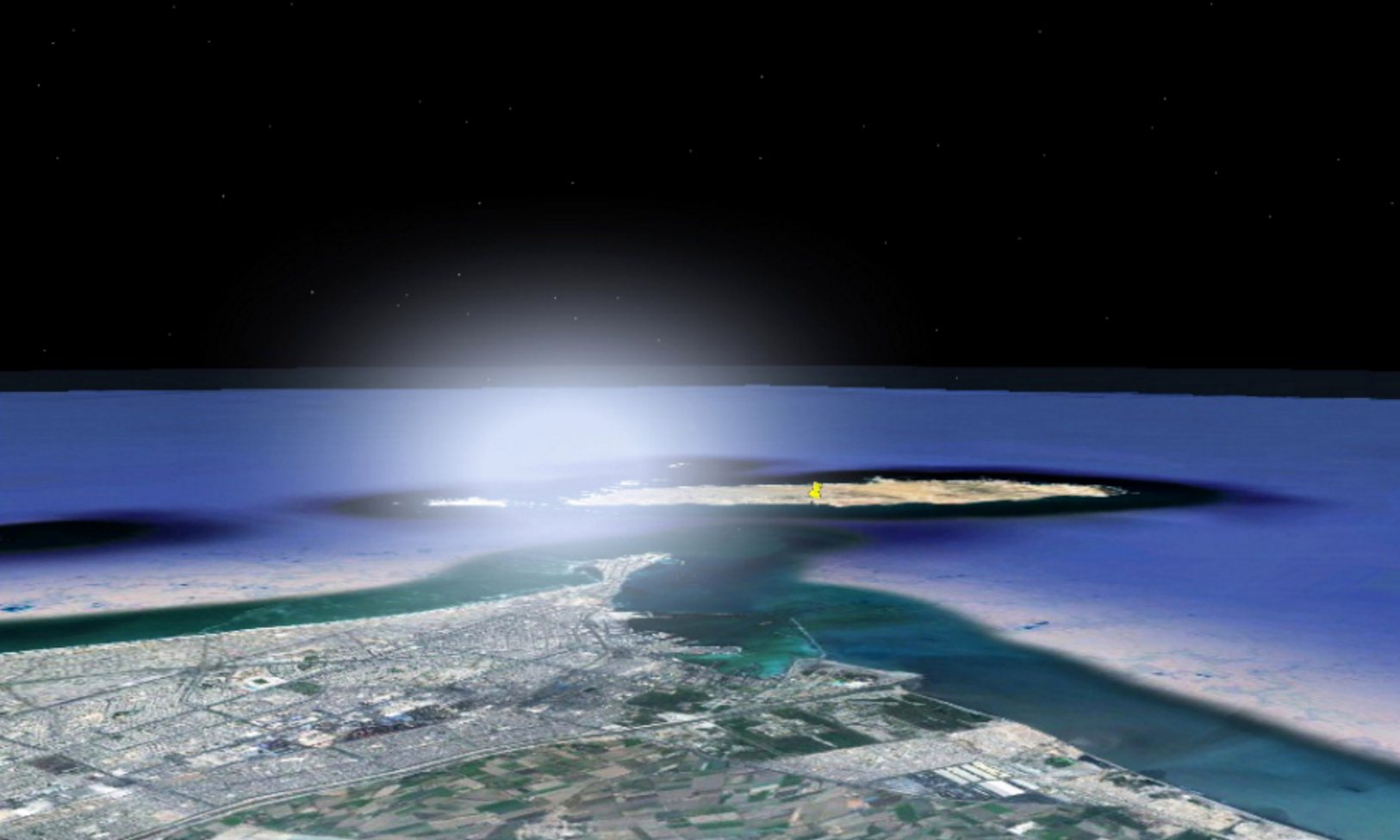
Several people who felt the 7.8-magnitude earthquake that hit New Zealand earlier this month also witnessed a strange phenomenon — lights flashing across the sky in a range of colours.
These so-called earthquake lights are odd flashes that seemingly coincide with earthquakes. They come in different colours and forms, from floating balls of light to lightning that bolts out of the ground. People have been reporting earthquake lights for thousands of years; the first known account dates back to 373 BCE in ancient Greece. Oftentimes, these mysterious lights have been mistaken for UFOs.
Geophysicists are still unclear on how earthquake lights form, but they’ve recently put forward some plausible hypotheses. One is the piezoelectric effect, in which certain rocks produce electricity when they’re compressed. Another idea is that the individual grains of rock produce a voltage when they rub against each other, like static electricity.
Researchers put forth yet another theory in a 2014 paper in Seismological Research Letters. They looked closely at 65 reports of earthquake lights, from the 1600s to the present. The lights didn’t occur along subduction zones, where one plate dives beneath another. Instead, 97 per cent happened at faults within continental plates, where magmatic rocks from Earth’s mantle eventually migrate toward the surface. When these rocks, often basalts and gabbros, are stressed, they can release electrical charges that combine and create a plasma-like state. As the super-charged gas travels up to the surface, it could burst into the air and react with the atmosphere, creating the colourful lights.
It’s estimated that these conditions only exist in five per cent of earthquakes around the world, which is why earthquake lights are somewhat rare. They’ve been seen in Italy, Peru, Japan, and China, among other places.
People have witnessed earthquake lights weeks before an earthquake, and as far as 600 kilometres away from the epicentre. Whether or not they can be useful for predicting quakes is an unanswered question. Since they’re rare, most scientists are doubtful about their use as an early warning system. But, in 2009, an Italian man saw bright lights outside his kitchen. He took shelter with his family just before the 6.3-magnitude L’Aquila earthquake. So take heed — if you live along a continental fault and see baffling lights in the sky, it may be smart to move to safe ground.
Source of thumbnail photo: The Guardian/DigitalGlobe